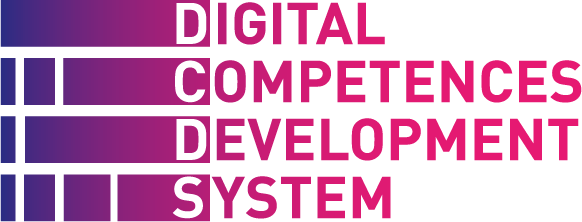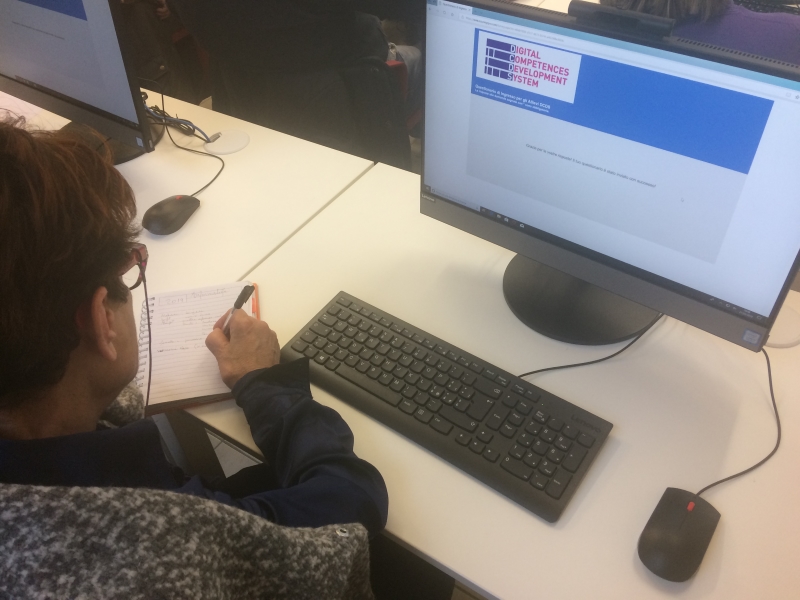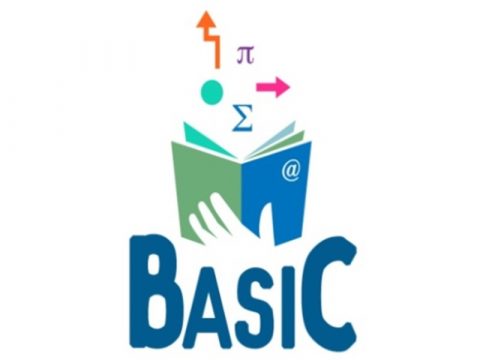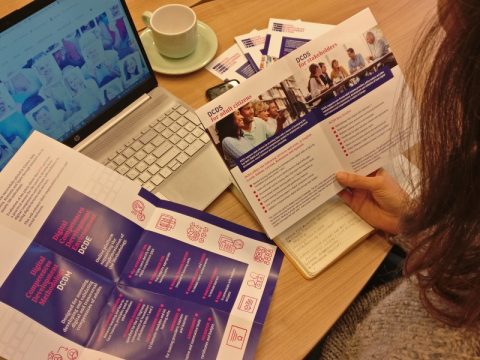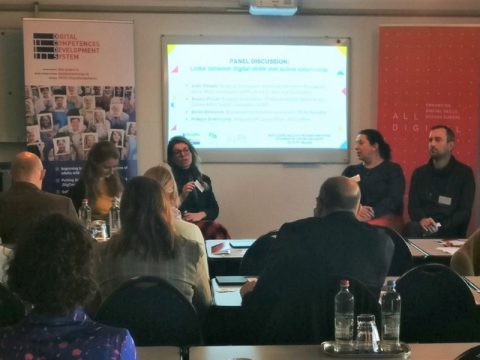The launch of the Silver Economy Strategy by the European Commission and the statistics on the estimation of the European population age by 2060, makes today blatant that seniors and elderly people will play a major role in Europe’s next decades. In the next forty years, one in three Europeans will be over 65 and whether we look at them as active citizens or consumer expenditure, the EU economy and community revolve around the needs and demands of this growing population.
The path leading to active and healthy ageing and citizenship passes through digital literacy. Digital skills acquisition consequently become a necessary and pivotal step for allowing the over 65s to take action and efficiently contribute to the development of the European Union. How to put in place those skills acquisition is a key factor. According to The Digital Economy and Society Index (DESI) 2019, one of the main barriers for digital literacy development in the EU is the fact of not having access to internet at home due to lack of need or interest, insufficient skills and cost-related barriers that become the main causes of social exclusion. As a consequence, digital skills acquisition for low skilled adults should be prompted and promoted in public spaces on the first stages where users need to and can be supported by trainers or tutors.
The experience of the piloting in Foligno within the DCDS project seemed to confirm this finding: although many of the participants do have access to internet at home, the use the make of it is very limited. Low skilled learners and in particular people over 60-65 find very difficult to access the internet and operate autonomously with digital devices. In this perspective, the initiative taken by Regione Umbria within the Digital Agenda to open digital hubs in the territory appears to go in the right direction: the Digipass spaces offers citizens the opportunity to access digital services with the support of digital animators.
The Digipass in Foligno hosted the DCDS piloting course in Umbria coordinated by Associazione Centro Studi Città di Foligno. The effectiveness and usefulness of the Digipass goes far beyond the duration of the DCDS course: the 42 participants (the majority of whom were retired seniors) are now familiar with this new digital place, they know the rules and modality for accessing it independently and they might consider to visit the digital hub in the future for using digital services. The competences they acquired through the course have provided those low skilled learners with the sufficient ability to interact in a digital environment and take their digital skills acquisition process to the next step. But besides the existence of adequate infrastructures (digital hubs and good connectivity), how can this initial imprinting effectively take place, in particular when dealing with over 65 year-old students?
Teaching digital skills to an audience of seniors requires keeping in mind several key aspects. Among them three make a difference: the level of general education, the interest in taking a course, the retention of information. During DCDS piloting in Foligno, the 30 seniors who took part in the course had completed primary or secondary school level. Among them, it was easy to tell which ones had the higher educational level when placed in front of a computer and asked to perform simple actions in the learning platform. At first glance, one might consider the lack of digital skills as the main variable in the learning process but we observed that, for example, language barriers were as relevant as digital skills.
Not being able to fully understand the text of an assignment or to analyse and process what is written on a webpage is the first obstacle to overcome. Seniors should be encouraged at a very first stage to perform very simple tasks to get used to the language and the terminology, possibly tasks to be performed offline and then repeated online. With the experience in Foligno, we witnessed that the difference in the level of education affects the whole group, as slower learners will have difficulties to catch up with faster ones who in turn will be limited in their learning process that has to take into consideration all the learners of a class. The best option, when feasible, would be to organize the learning activities accordingly, grouping slow and faster learners in different classes. Once this division has been implemented, trainers can work using different methodologies according to the audience involved and work not only on digital but also on soft and transversal skills.
Besides the level of education, it is interesting to take into account that a target group such as over 65 years old people has specific interests that go beyond digital skills acquisition. Although the primary interest in enrolling to a course is of course to learn, we observed that for elderly people taking part in a course is seen as an opportunity for social gathering. This might be considered as an obstacle to the learning process because participants like to discuss together the activities and topic presented, in the best scenario, or sometimes they see the course as place to go when nothing better is around. Starting from the point that it is anyway a way of fostering active ageing, trainers in Foligno adopted some strategies for supporting digital skills acquisition in a collaborative way in order to combine the interest in learning with the social aspect. For instance, the activities on digital content creation, rather than merely focusing on being able to use a word processor, were organized in a collaborative way asking participant to work collectively on an online document where students could plan their association monthly meeting. This and other techniques were implemented to allow seniors not to consider the course as an individual process aimed only at providing knowledge and competences that, doubtless useful, are not enough for motivating this kind of learners.
One last key point trainers in Foligno highlighted is related to how the information, knowledge and skills provided to elderly people during the course can be properly and effectively transferred and acquired by learners. During the piloting it was noticed that retention of information only happens with seniors, if they are faced with very practical activities repeated constantly. Any other notion or knowledge is almost completely lost from one week to another. For example, trainers in Foligno experienced very good results with the use of the email account as students were requested from the very first lesson to create and access their accounts in order to use the related services offered linked to it (maps, cloud services, calendar, etc.). Students consequently would begin each lesson with turning on the computer and accessing their accounts familiarizing with the tool and the interface.
Not a surprise that at the end of the course the competences related to the use of the email accounts were the ones in which students obtained the best results. On the other hand, for instance learning units related to different file formats that were delivered in a more theoretical way were not fully acquired by students as they could not find a practical matching nor something spendable in their daily activities.
The DCDS experience in Foligno has shown that working with elderly people means finding a good balance between practicality, usefulness and interests that motivate students to attend a whole course and not lose interest.
The DCDS experience in Foligno with the digital skills training of seniors has proved to be one of the most effective way to digitally include this growing portion of population in the EU community. Attending such a course has meant for them, among others, being introduced to online services and safe navigation that can be crucial in becoming e-citizens. A training brings along with competences a higher degree of awareness that is undoubtedly the first step towards active ageing through citizenship. It should also be underlined that this experiences become deeply effective when implemented regularly in time, in this sense the digital hubs recently implemented in the Umbria Region could really help this process.
